
SakenowaRecord your sake experiences and discover your favorites
萩乃露Haginotsuyu
Flavor Chart®
A chart created from flavor analysis of user comments.

Flavor Tags ®
Tags generated from flavor analysis of user comments.
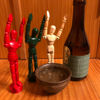
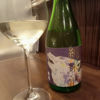
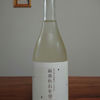
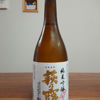
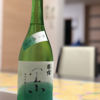
Popular Comments
At home. Purchased at a souvenir shop during a recent visit to Mitsui Outlets in Ryuoh, Shiga Prefecture.
It was introduced several times in "Sake-no-wa". I was so happy when I found it and bought it immediately.
The aroma was gorgeous, and in the mouth it had a soft sweetness followed by a firm dryness that was crisp and refreshing. I️ would like to try it heated the next time.
Japanese>English
The bottle was immediately gassy when opened, and had an umami sweetness that was hard to believe it was dry.
This sake is ideal as a food sake that goes well with meat dishes.
Accompanied by fried chicken wings on skewers.
Japanese>English
April 9, 2024
Dinner at home.
A friend of my mother's gave us a lot of seasonal gomyo (a type of freshwater fish).
so I cooked them with bamboo shoots I dug up in the mountains and drank sake.
and drink sake. I paired it with a bottle of Haginoro-Rusu Amadare
Haginoro-rou, Amedorou, Shizuri Yuki, which is a creamy, top shelf sake. It has a creamy
It has a creamy top aroma and no gaseous sensation. Gentle sweetness and umami
and umami, and the mouthfeel is smooth and smooth. When the temperature rises a little, bitterness peeks out.
When the temperature rises a little, bitterness peeks out.
It is delicious with sashimi of gurnard roe, seared bonito and
and seared bonito.
and seared bonito.
Japanese>English
Brands from Fukuiyahei Shoten
Similar Brands
We analyze the flavors based on everyone's comments and select similar brands.
Location
1387-1 Katsuno, Takashima, ShigaOpen in Google Maps
Timeline




bouken
Haginoro-rô for drinking at home after a very long time
The citrus-like acidity is impressive. It also has a strong umami. I thought it was perfect while eating. Personally, I would like a little more sweetness.
At room temperature, it has a smoky nuance.
Drinking it cold again, it is quite smoky.
Hmmm, I'm not really into Haginodew 🤔.
Japanese>English
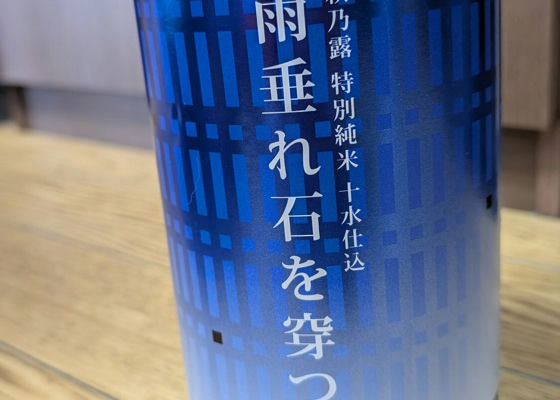
blood_2929
Hagi no Dew, Amedare Ishi wo Kutsuru Tokubetsu Junmai Jusui Shizukomi
This sake was used as a toast at a recent sake party.
It has sweetness in the mouth, umami, a nice sharpness, and a little bit of acidity that I like!
Delicious. ......
My favorite level ☆ 3.8
Japanese>English
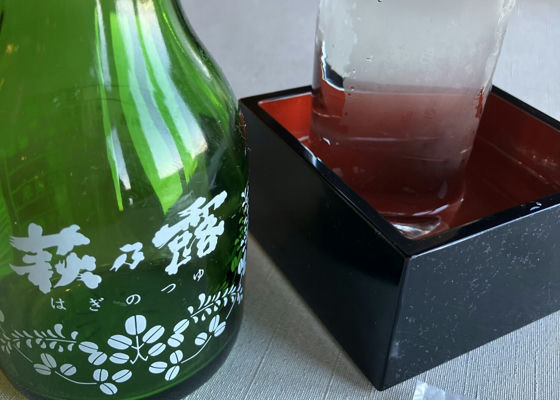
さかっき
On board the Lake Biwa Michigan Cruise
A refreshing and easy-to-drink taste
Cheers to the happiness of being able to drink in the daytime and to a beautiful autumn day on Lake Biwa!
Japanese>English
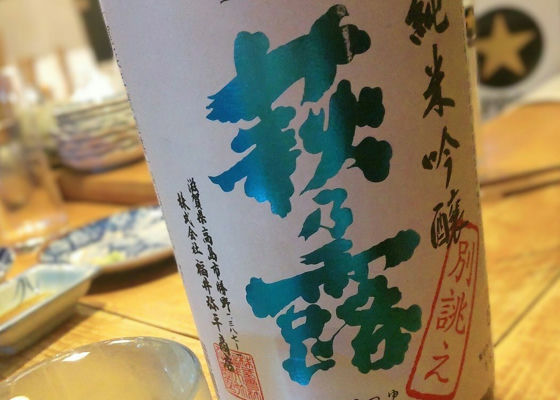
Haginotsuyu純米吟醸 別誂え 生酒
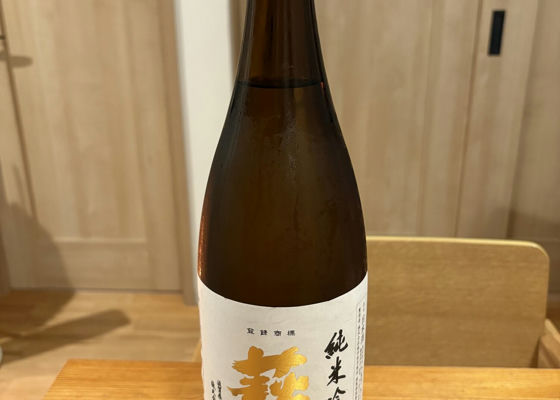
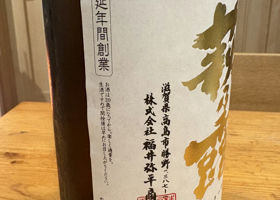
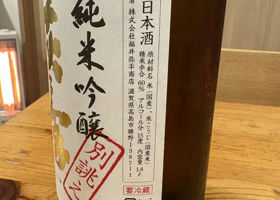
ばんばんぶー
After a soft sweetness, it seems to be refreshed by a lactic acid-derived-like aroma and acidity.
I thought I might have had this before, so I looked at past postings and found a brand with the same name from around May ... .
The color of the brand name on the label is different, but the rest of the label seems to be the same.
Japanese>English

miho-k
It has a strong sweetness, and it is soft and round.
A souvenir from Shiga. I bought it at a supermarket.
Japanese>English
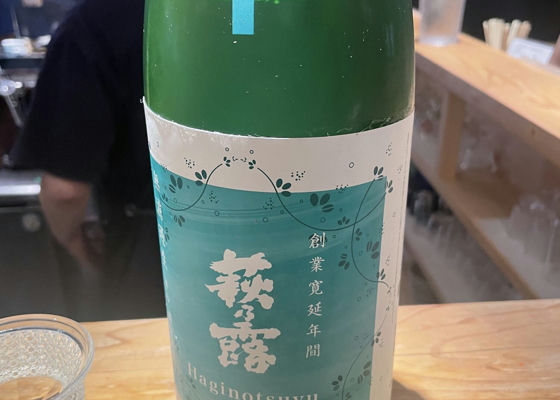
zPbrDH1zWG
It was recommended to us as it goes well with Buri (yellowtail), seared Spanish mackerel, and bonito salt tataki.
It is dry, sharp, and goes well with fatty sashimi. Delicious.
Japanese>English
Haginotsuyu肉食系純米酒 クマ 山田穂
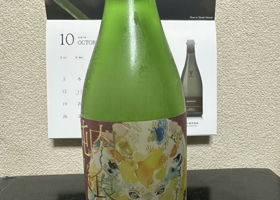
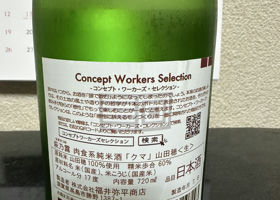
コニヤマ
I bought it for the label and the name of the product 🤪.
Japanese>English

うどん
It was easier to drink than the sake meter, which reads +14. I enjoyed the slow mellowness of the sake as it slowly mellowed from cold to room temperature after a day of drinking.
Sake meter / +14
Acidity/1.9
Japanese>English




sakepower
It's for your drinking record 🍶📸.
Japanese>English
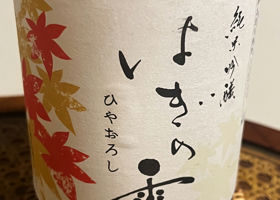
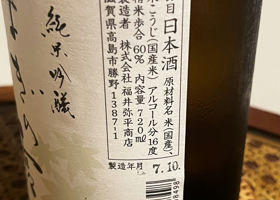
よもぎ
It's rather guttural.
Japanese>English
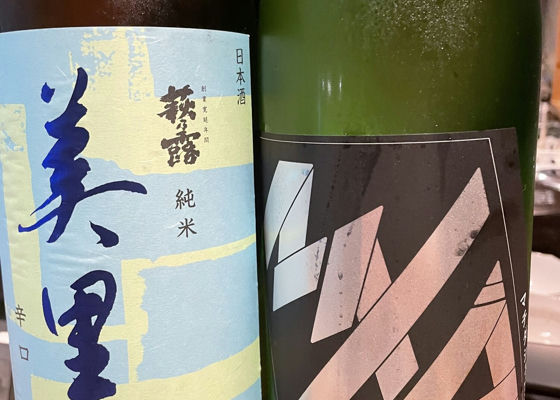
Haginotsuyu特別純米 ひやおろし
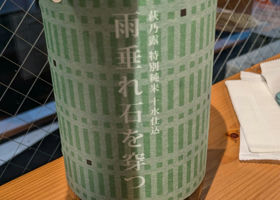
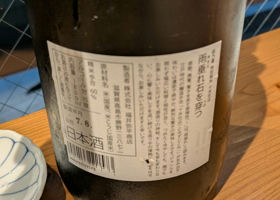
よっしー
vivacious
Smooth.
Japanese>English
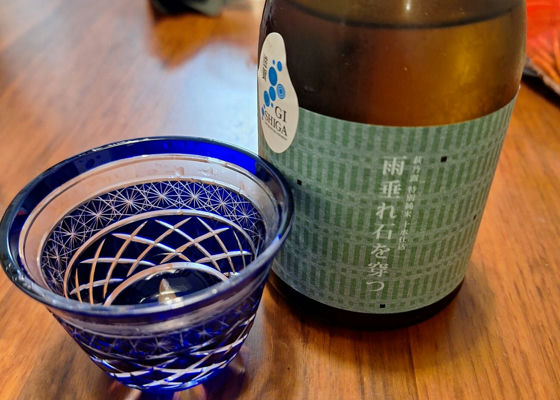
ふっくー
Purchased at an antenna store in Shiga Prefecture.
Japanese>English
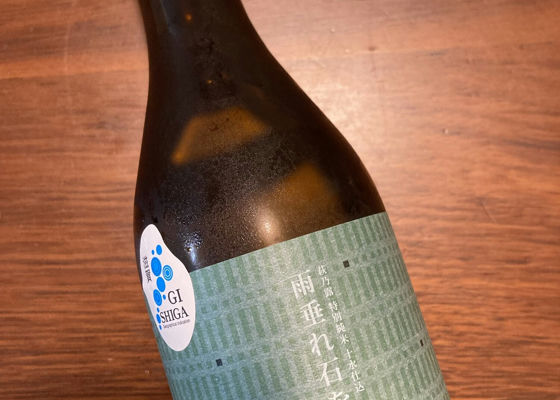
さけのみち
Attracted by the name. I bought it at an antenna store in Shiga. It is easy to drink, so you can drink it without hesitation.
Japanese>English